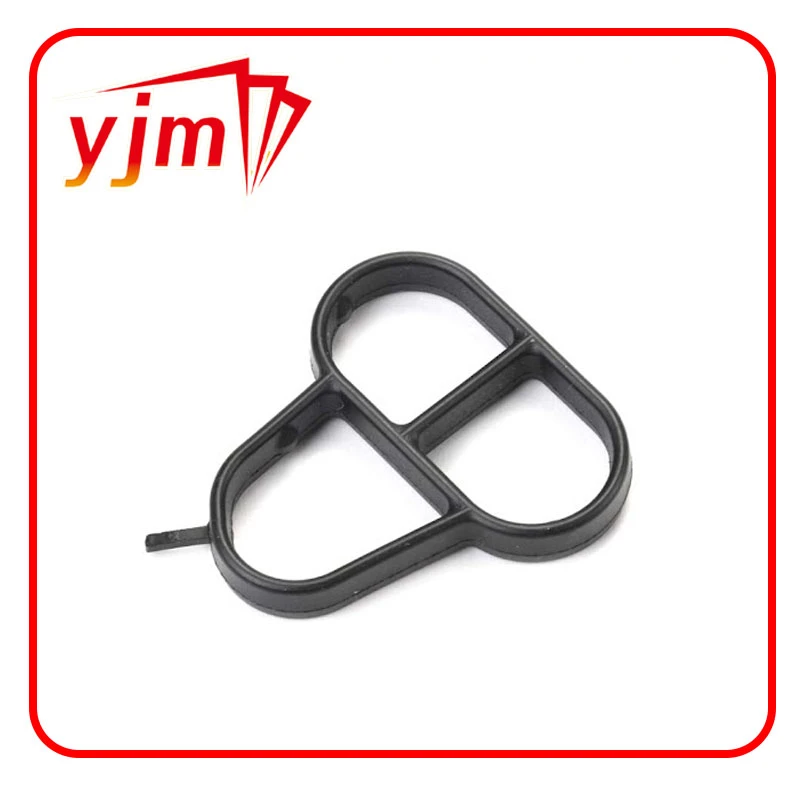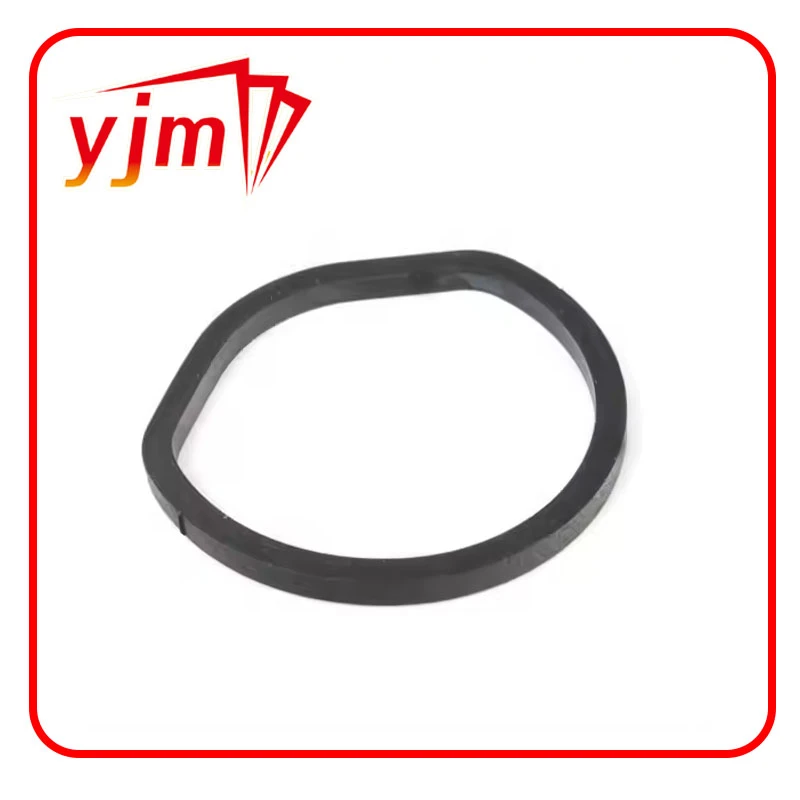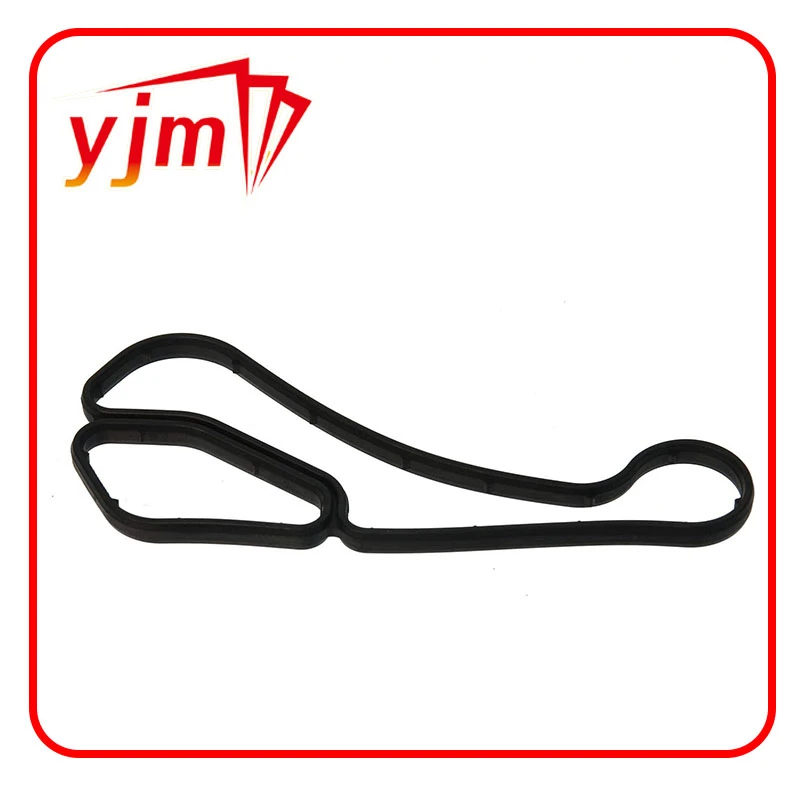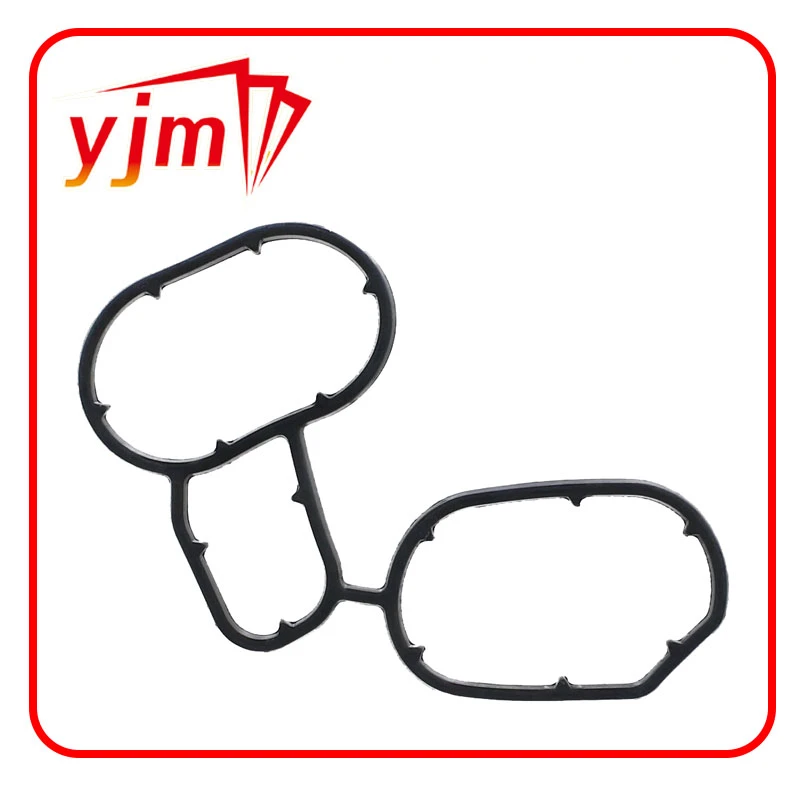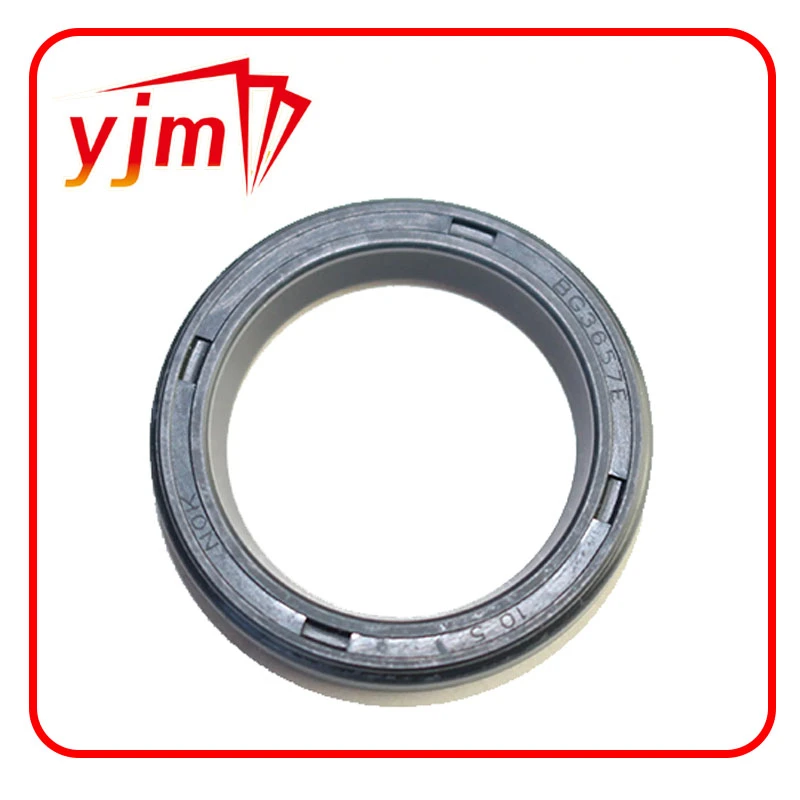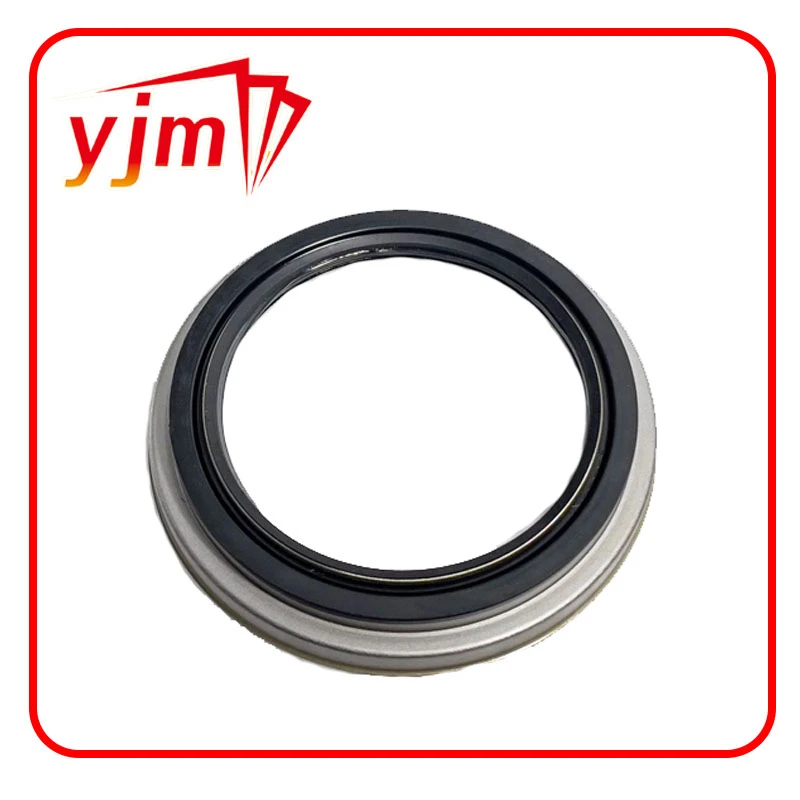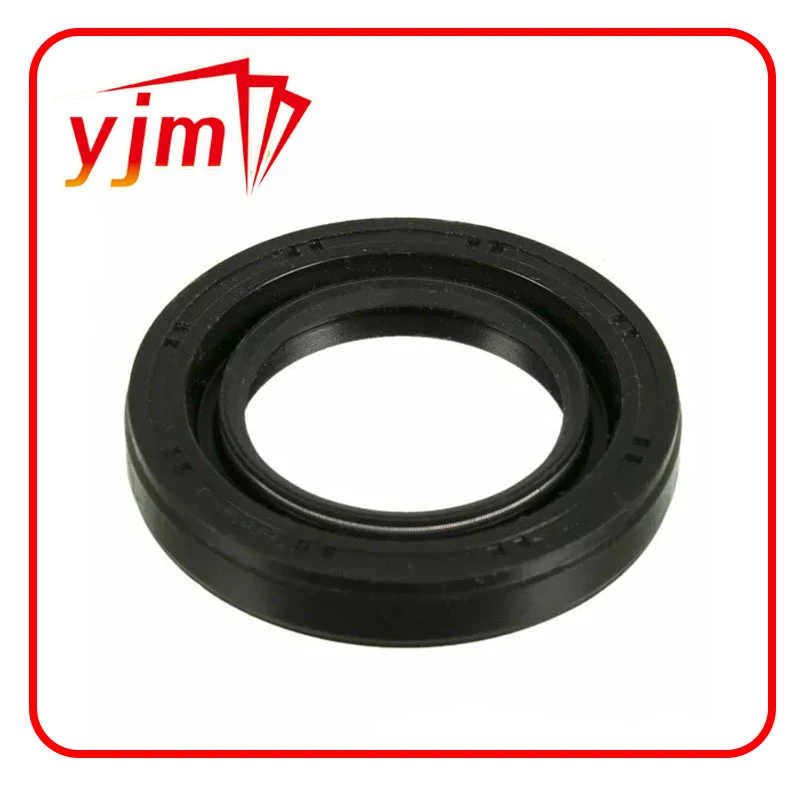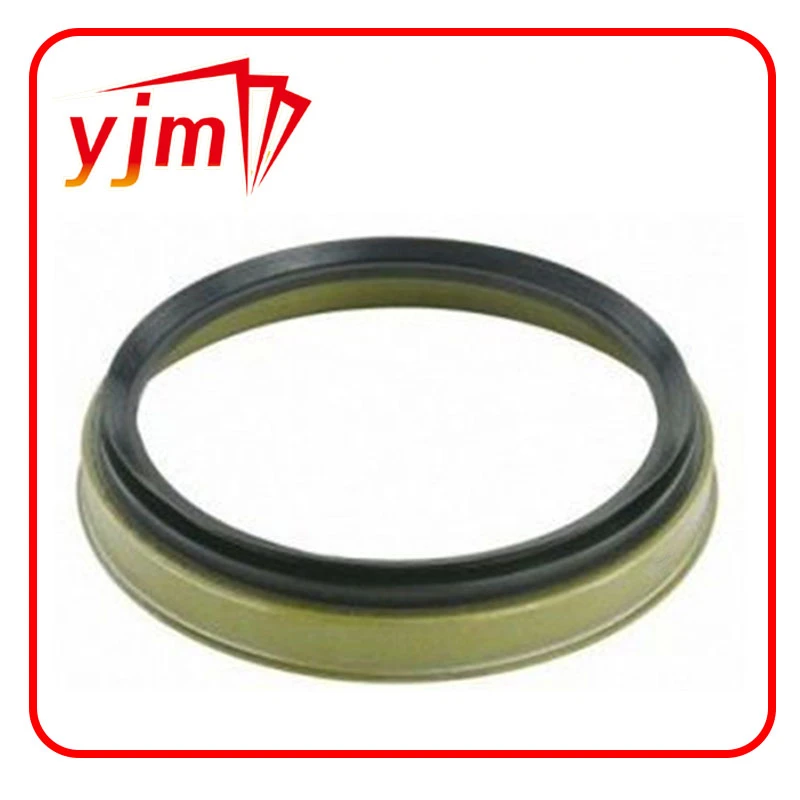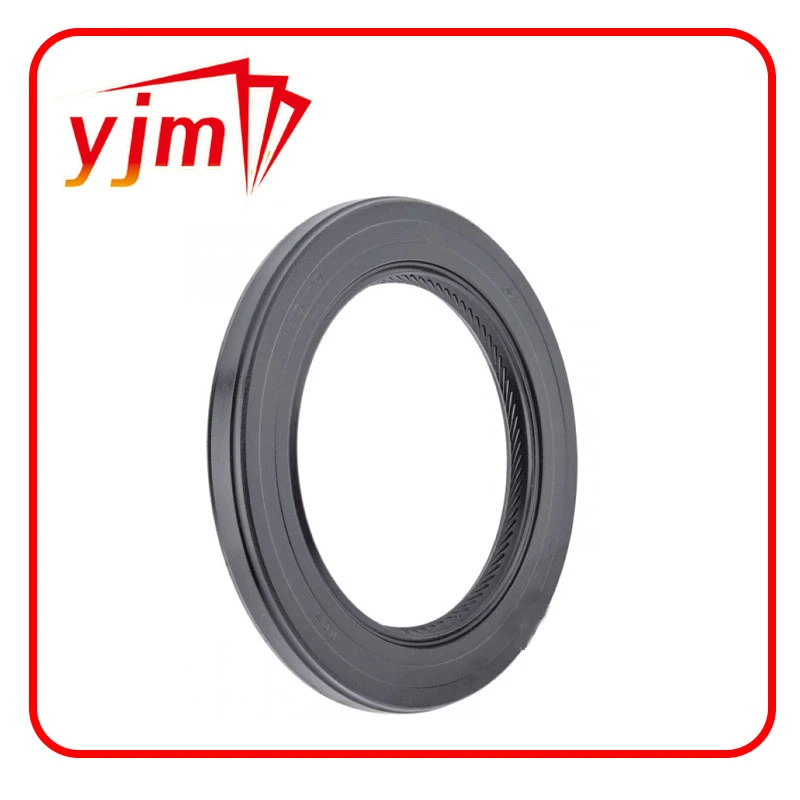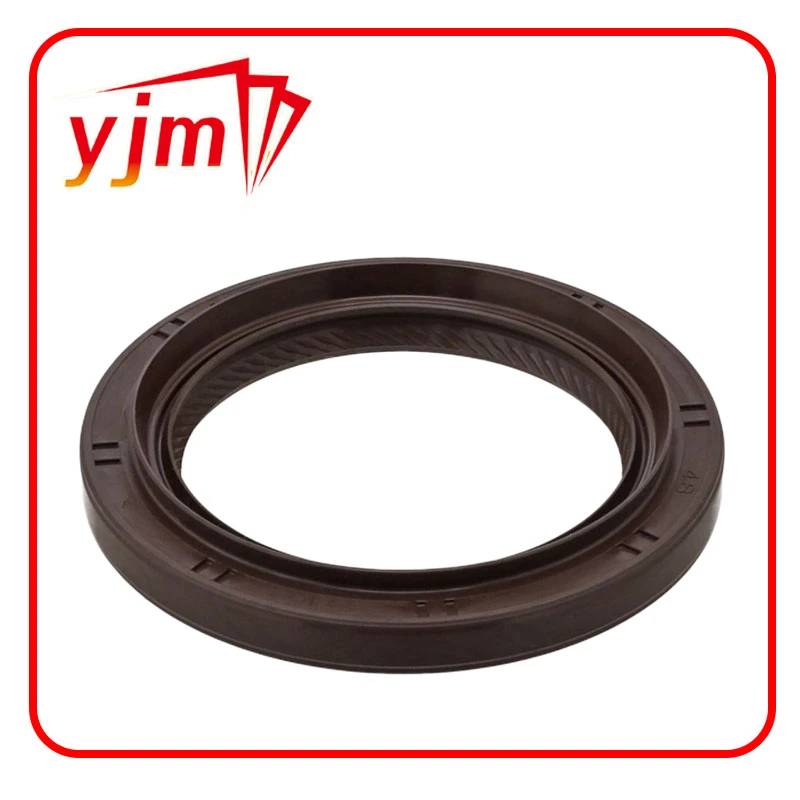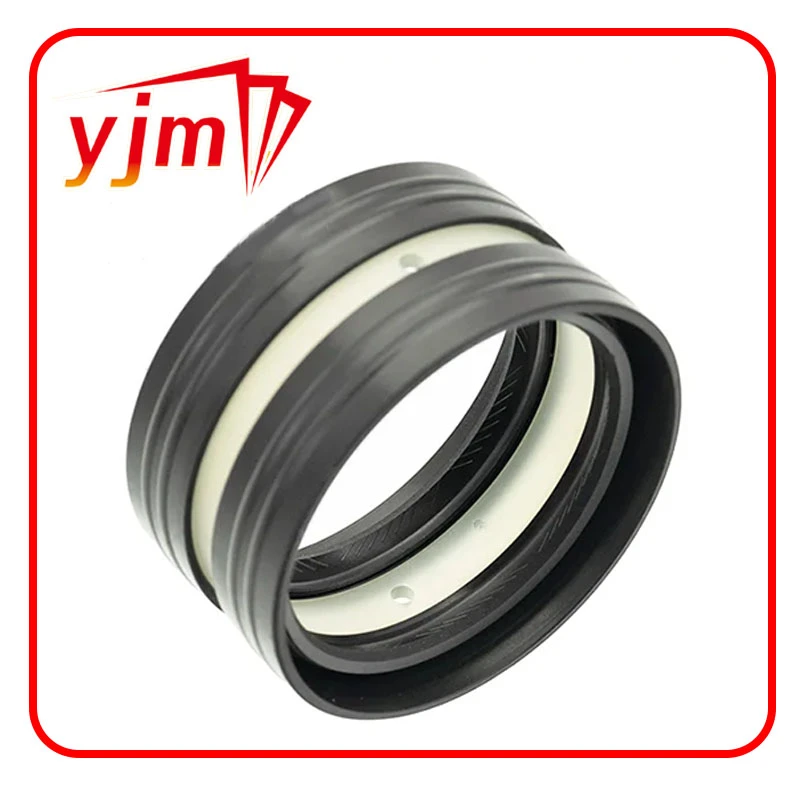18mm sump plug
Understanding the Role of an 18mm Sump Plug
An often overlooked component of a vehicle's engine system, the sump plug, plays a critical role in maintaining the health and efficiency of an engine. Specifically, the 18mm sump plug refers to a specific size of this essential component used in various makes and models of vehicles. Understanding the function, positioning, and maintenance of the sump plug is vital for vehicle owners and enthusiasts alike.
What is a Sump Plug?
The sump plug, also known as an oil drain plug, is located at the bottom of the engine oil pan. It is a crucial part of the lubrication system. The primary function of the sump plug is straightforward it provides a means to drain the engine oil during an oil change. Proper oil maintenance is vital for engine longevity and performance; therefore, the sump plug's role is invaluable.
Importance of the 18mm Size
While sump plugs can come in a variety of sizes, the 18mm sump plug is used in many automotive applications due to its compatibility with numerous vehicle designs. The size is significant because it ensures a proper fit and effective sealing within the oil pan. An improperly sized plug can lead to leaks, which can not only compromise oil levels but also damage the engine over time.
Materials and Design
18mm sump plug
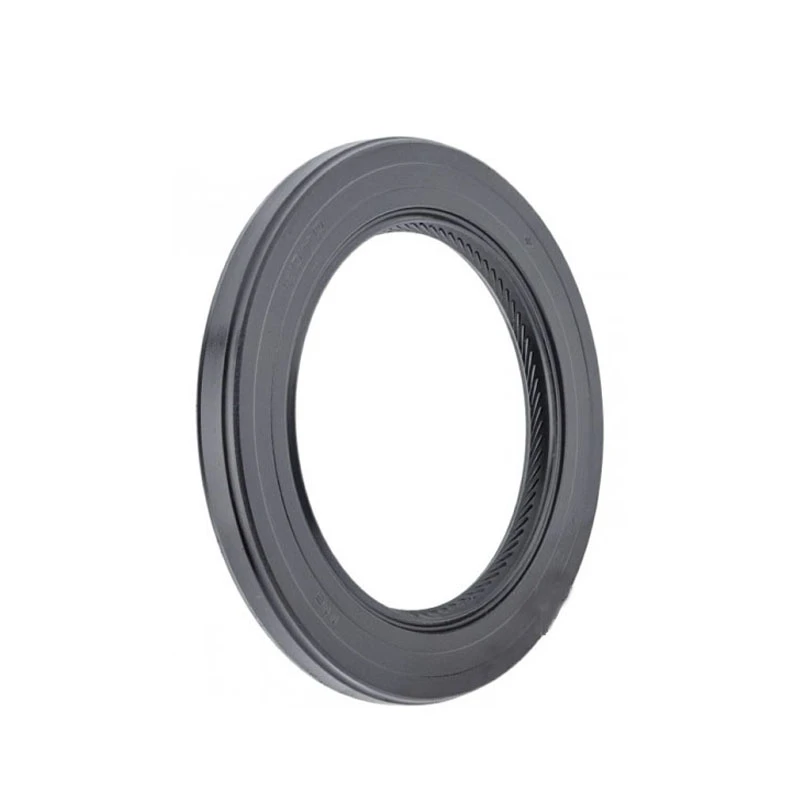
Most sump plugs are made from durable materials that can withstand the harsh environment created by engine oil and varying temperatures. Common materials include steel, aluminum, or even brass. The design usually features a hexagonal head, allowing for easy access with a wrench or socket set.
To enhance their functionality, many sump plugs also come equipped with a magnet. This magnetic design helps capture metal particles that may have worn off engine components, preventing them from circulating in the oil. This can lead to a cleaner oil system and ultimately a healthier engine.
Maintenance and Replacement
Regular maintenance of the sump plug is essential. During an oil change, it's important to inspect the sump plug for any wear, cracking, or corrosion. If any of these issues are present, it’s advisable to replace the sump plug to avoid potential leaks. Also, it’s wise to replace the washer that sits between the sump plug and the oil pan to ensure a tight seal.
When tightening the sump plug, it’s essential not to overtighten it. Stripping the threads or damaging the oil pan can lead to expensive repairs down the line. A good practice is to follow the manufacturer’s specifications regarding the torque settings for the sump plug.
Conclusion
The 18mm sump plug may seem minor in the grand scheme of vehicle mechanics, but its role is undeniably significant. Proper attention and care can enhance the performance and lifespan of an engine. Whether you are a mechanic, a car enthusiast, or simply a responsible vehicle owner, understanding the importance of the sump plug and its maintenance helps ensure that your engine runs smoothly and efficiently. So next time you engage in an oil change or vehicle inspection, remember the vital role that your sump plug plays in keeping your engine in top condition.
-
The Ultimate Guide to Boat Propeller Bearings and Trailer Wheel Bearings
News Jul.31,2025
-
The Essential Guide to Marine Bearings and Boat Trailer Wheel Bearings
News Jul.31,2025
-
The Complete Guide to Heavy Duty Seals: Protecting Doors and Spaces Efficiently
News Jul.31,2025
-
Essential Guide to Marine Shaft Bearings and Boat Trailer Axle Bearings
News Jul.31,2025
-
Comprehensive Guide to Marine and Trailer Bearings for Safe Boating and Transport
News Jul.31,2025
-
Comprehensive Guide to Automotive Oil Seals: Protecting Your Engine and Shafts
News Jul.31,2025
-
Understanding Automotive Oil Seals: Essential Components for Engine and Shaft Protection
News Jul.30,2025
Products categories

